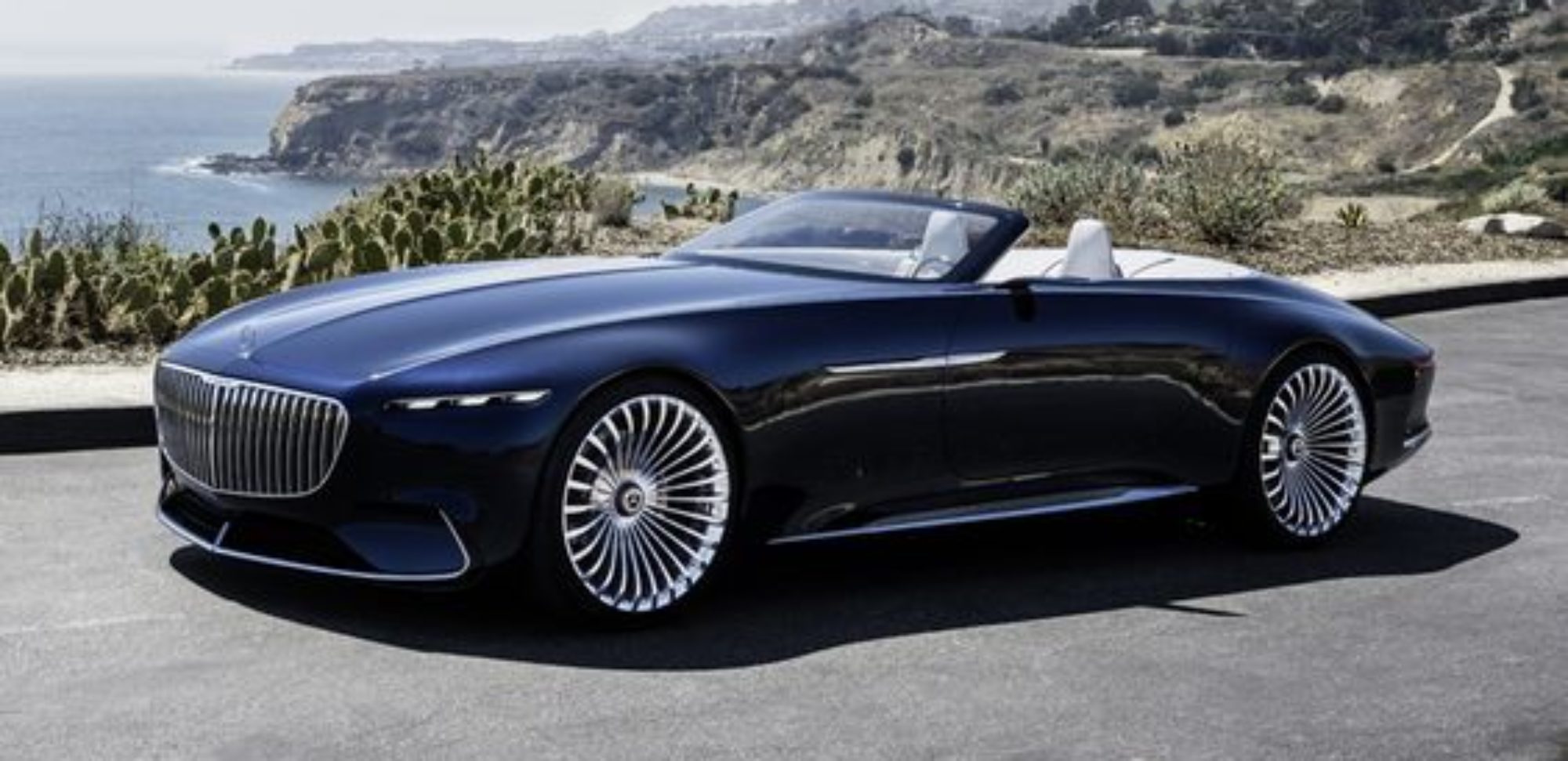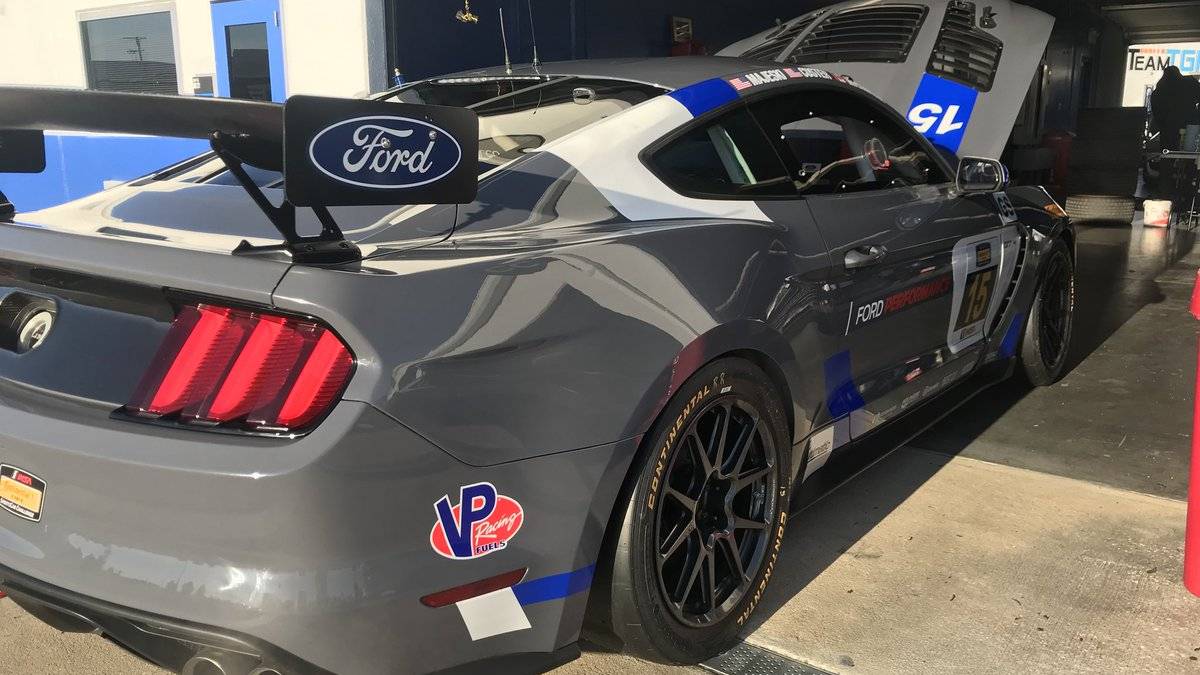[ad_1]
Autoweek Racing report card: Our picks for the best and worst of IndyCar 2017
[ad_2]
Source link
Chili Bowl Tuesday results: Kyle Larson wins to advance to A-Main
[ad_1]
Chili Bowl Tuesday results: Kyle Larson wins to advance to A-Main
[ad_2]
Source link
Supercars in Knokke-Heist VOL. 3 – 812 Superfast, 675LT Spider, Aventador SV!
This time I have recorded some amazing cars in Knokke Heist. See in this video a Ferrari 812 Superfast, a 675LT Spider, an Aventador SV and much more. I have recorded all these cars on saturday…
Auto body repair NJ
Fault-Tolerant Solutions Needed As Electronic Features Abound On Vehicles
[ad_1]
The automobiles of today are light years away from their forefathers especially when it comes to technological features. Power windows are just the tip of the iceberg when it comes to the amount of electronically controlled features found on today's cars. The increasing use of electronically based features is the current trend in the auto industry and it looks like the trend will be continuing for a long time in the future. Experts in the field although expressed their concerns that with the increasing use of electronics on board vehicles – the development of fault-tolerant electronic components should be given utmost importance.
Since electronic controls are being used not only on the comfort and convenience features of vehicles but also in safety features, it is imperative that they should not be prejudiced to malfunctions. While experts in the field say that the development of these fault-tolerant components is just in its early stage, a steady growth in the future in the field is expected. Aside from safety features, electronic components are also used on security features and powertrain operations. Thus, the use of fault-tolerant components is of utmost importance. Breakdown of electronic components employed in safety, security, and drivetrain can lead to accidents.
It is therefore imperative that car manufacturers help in the development of these technologies to be employed by their vehicles. For those car companies that place greater importance on the safety of their customers more than revenues, the use of advanced fault-tolerant components is a must.
The importance of fault-tolerant components and the impact of their importance to the industry are emphasized by Research Analyst Bonnie Varghese K. of Frost & Sullivan when they were noted to have said: "The increasing deployment of electronic content in automobiles will drive demand for Fault-tolerant devices are being largely adopted in areas where there is a higher risk of human error, such as in collision avoidance and driver assistance applications. "
Developing more advanced fault-tolerant devices though is not as easy as reading repair manuals because there is a threat that would have eliminated the growth of the fault-tolerant component market. Varghese explained the situation of the industry in his statement that: "Critical applications in automobiles such as anti-lock braking system and powertrain are becoming increasingly fault tolerant, which means that they must undergo several tests and quality certificates before being implemented." As a result, it will take longer before investments in designing and developing products can be realized, a trend that will discourage the potential entry of smaller participants. "
Neverheless, the developments being made in the fault tolerant components industry is a good step towards protecting the general motoring public from any malfunctions that electronic vehicle components may suffer.
[ad_2]
McLaren F1 reserve hopes to learn from (and beat) Fernando Alonso at Rolex 24
[ad_1]
McLaren F1 reserve hopes to learn from (and beat) Fernando Alonso at Rolex 24
[ad_2]
Source link
The Byton Concept SUV: A digital, self-driving EV from China washes ashore in the US
[ad_1]
The Byton Concept SUV: A digital, self-driving EV from China washes ashore in the US
[ad_2]
Source link
Bigger than a breadbox: Toyota brings toaster-like transport to CES
[ad_1]
Bigger than a breadbox: Toyota brings toaster-like transport to CES
[ad_2]
Source link
NASCAR teammates hope IMSA experience transfers to Xfinity schedule
[ad_1]
NASCAR teammates hope IMSA experience transfers to Xfinity schedule
[ad_2]
Source link
A DAY WITH DUBAI POLICE SUPERCARS !!!
Thank you to Dubai Police for showing me around there Smart Police Station. #DubaiPolice #SmartPoliceStation #YourSecurityOurHappiness My Instagram : mo_vlogs_ https://www.instagram.com/mo_vlogs_/…
Auto body repair NJ
Cadillac dominates Roar Before the 24 as Fernando Alonso makes his Daytona nighttime debut
[ad_1]
Cadillac dominates Roar Before the 24 as Fernando Alonso makes his Daytona nighttime debut
[ad_2]
Source link
WEC champion Brendon Hartley to focus on F1 in 2018
[ad_1]
WEC champion Brendon Hartley to focus on F1 in 2018
[ad_2]
Source link
Roar Before the 24 Friday recap: Action Express fastest and Fernando Alonso gets acclimated
[ad_1]
Roar Before the 24 Friday recap: Action Express fastest and Fernando Alonso gets acclimated
[ad_2]
Source link
Nissan’s brain-to-vehicle tech moves us one step closer to the Matrix
[ad_1]
Nissan’s brain-to-vehicle tech moves us one step closer to the Matrix
[ad_2]
Source link
Top 10 Supercars From the 80’s | Donut Media
Counting down the fastest and coolest supercars that were made in the 1980’s. Video credit: Porsche 959 – LBI Limited Check out more Donut Media Videos: https://youtu.be/Pz8IGLgFE2s?list=PLFl907c…
NJ auto body shop
Tips For Buying a Car and Getting the Best Deal
[ad_1]
I have worked for many years in the automobile industry doing loans and working with dealerships, and you can get a good deal. It takes some time and hard work, but basically the dealership wants your business. You just have to figure out what the bottom line is, and it takes some education and negotiating skills.
First, you really should determine what car you want exactly. Test drive all the cars that you are considering. When you have found “the one,” find out what you should expect to pay for it. If you have a car to trade, find out what the trade value of that car is. If you will be financing the vehicle, you will also want to contact a bank/credit union or two to find out what their interest rate would be on that type of car. With that information in hand, check out all the dealerships in your area to determine which dealerships have the car you want in the color you want with the options you want. There may be one dealer or several. Go down to that dealership advertising the best price for that car and drive it. Do not disclose how much down payment you have, what kind of payment you want, or whether you have a trade or not. If that car is acceptable, the negotiation begins.
You are trying to get to a price as low as possible, understanding that they will not go below what they have invested in the car, which is probably something a little more than the trade value of the car. When I buy a car, I usually aim for a price somewhere between average retail and average trade value. If it is an especially clean car with very low miles, you may have to pay full retail, but it is probably worth it! The physical appearance of a car can and does reflect how much an owner took care of their car!
If possible, ask that you talk to the decision maker. The salesman may or may not be allowed to negotiate the price of the car. If you are able to talk to the sales manager, they are less likely to play the negotiating game and are probably more eager to get to the “bottom line” than the salesman, who gets paid possibly entirely based on how much he sells that car for.
Once you have negotiated a fair price for the car you are buying AND your trade, your job is not over! Now you have to talk to the “finance manager” who’s job it is to help you get a loan. Many times they will be able to get a great interest rate for you, but they may also be getting a spread, so negotiate the interest rate as well. If he just can’t beat the bank’s rate, don’t be afraid to tell him you’ll come back with a cashier’s check from your bank. Also, if you do the financing at the dealership, BEWARE of the fine print. I’m not saying you need to read every word of the contract, but do pay attention to what each form is for, be aware of any information the dealership has filled in, and DO NOT be afraid to ask questions if you of unsure of something! I really hope this helps. Good luck
[ad_2]











